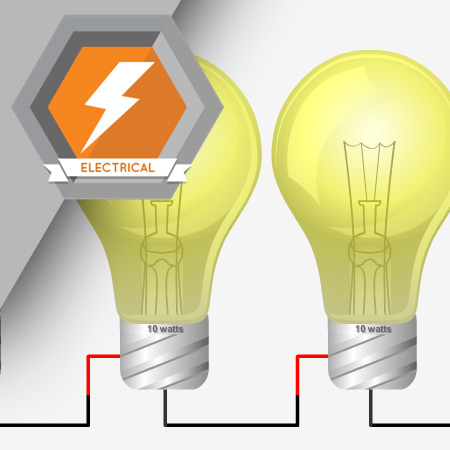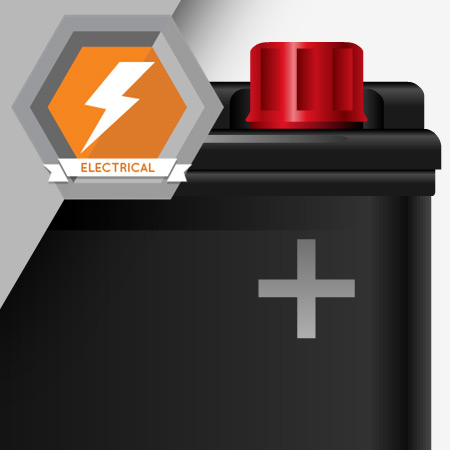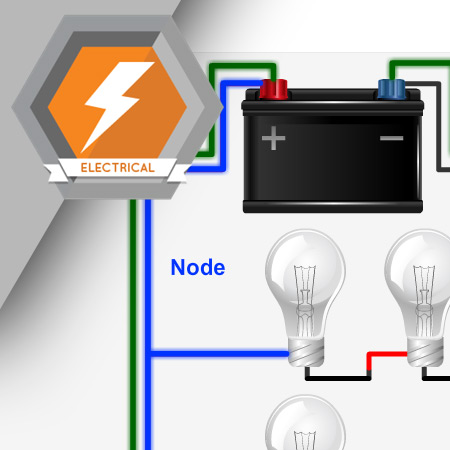
Direct current is used to power everything from cell phones to trains. Understanding this form of electrical flow is important to anyone working with electricity and electronics.
Estimated completion time (hours): 0.7
Objectives
By the end of this course, you will be able to do the following:
- Define direct current
- Understand the difference between conventional and electron flow theories
- List different types of direct current
Learning Path
- Maintenance Technician 2
Estimated Time (Hrs): 0.7
Language: English

Batteries are a common power source of direct current. Connecting batteries together can increase the voltage or current supplied to a circuit.
Estimated completion time (hours): 0.7
Objectives
By the end of this course, you will be able to do the following:
- Define cell
- Define battery
- Understand how to connect cells or batteries to increase voltage
- Understand how to connect cells or batteries to increase current
Learning Path
- Maintenance Technician 2
Estimated Time (Hrs): 0.7
Language: English

The resistance, voltage, and current in a circuit depend upon the type of circuit. Understanding how to calculate the values for resistance, voltage, and current for each type of circuit is important for anyone working with electricity and electronics.
Estimated completion time (hours): 1.6
Objectives
By the end of this course, you will be able to do the following:
- Identify a node
- Identify a junction
- Identify a loop
- Calculate total resistance in a series, parallel, or combination circuit
- Understand Kirchhoff’s voltage and current laws
Learning Path
- Maintenance Technician 2
Estimated Time (Hrs): 1.6
Language: English
